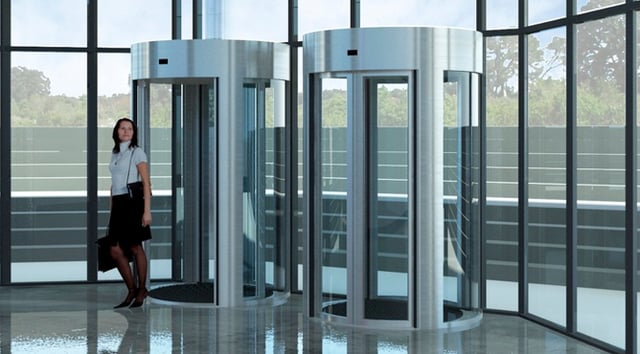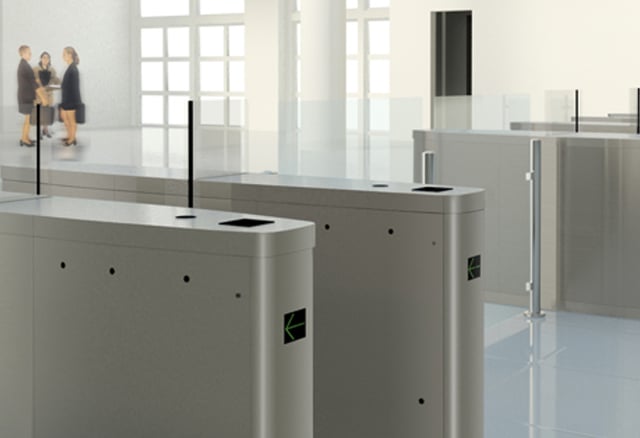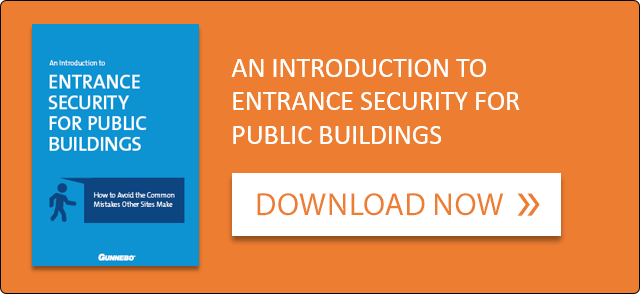The unpredictability of modern threats is causing security professionals to re-assess their approach to site protection. This post looks at how security managers can remain prepared.
Deter, Detect, Delay, Defend - 4 Steps to Better Security
Today many more types of site are considered vulnerable and in need of higher levels of security. These range from critical infrastructure – such as power stations and data centres – to public areas where there are large flows of people.
Create a Clear Security Strategy
Site protection is a combination of physical defence measures allied with electronic security such as biometric systems and intrusion detection. But the success of modern security systems largely comes down to infrastructure and preparedness.
Planning becomes essential, with the approach used at any specific site defined by the following core factors:
- the type of activity carried out there
- the surrounding environment
- the reaction capacity of local emergency services
- the potential impact of an attack
- the extent to which the flow of goods and people can be controlled
Deter, Detect, Delay and Defend
To protect a site, a layered or zonal approach to security is a smart way to remain prepared.
The layers complement each other, first acting to counter a threat and then to minimise the consequences if the threat is realised.
This approach can be broken down into four key areas – deter, detect, delay and defend.
1. Deter
Deterrence is the ideal solution. It can prove especially effective when combating inexperienced lone wolves who may be more easily dissuaded by the obvious challenges of attacking a site.
Deterrents can be physical (gates or barriers) or more psychological (video surveillance), but both serve a similar purpose in signifying that a site is protected.

A more extensive option is entrance control, with solutions that protect civilians and sites by regulating who can access the area. Different options will suit different locations, with speed gates preferable for high-traffic areas, while higher risk sites may require interlocking doors or portals.
2. Detect
If deterrent measures do not work, security services need to be alerted immediately that an attack has begun.
Traditional burglar alarms involve detection at the point of entry to a building, area, room or safe. If an intruder gets through the entry point, detection shifts to CCTV cameras monitored remotely, or beam interruption methods based on ultraviolet or infrared light.
In situations where authorised personnel are already present, an intruder can be detected through the absence of an RFID tag, or increasingly through facial or gait recognition technologies.
3. Delay
The next step should be to make an attack as difficult as possible. This gives staff, civilians and assistance services more time to react, respond and if necessary evacuate the area.
Once again, entrance control works well here, providing a barrier to entry for the attacker or a safe escape route.

Additional delaying options include everything from attack-resistant windows and doors through to crash barriers outside the perimeter of a site. Security doors and partitions are essential, as they provide obstacles for an attacker to overcome.
4. Defend
Finally, there are the critical measures needed to protect valuable items inside a site. With layers of protection circling inwards from the perimeter of a building, this is often referred to as the “security onion”.
At the heart of this onion sits the most extensive defensive solutions – safes and vaults. There are all sorts of different options here, including safes that are fire-resistant and vaults which can withstand explosives and diamond core drills. The security audit and resulting strategy will define the level of security required.
Read more about Gunnebo Entrance Security solutions.

